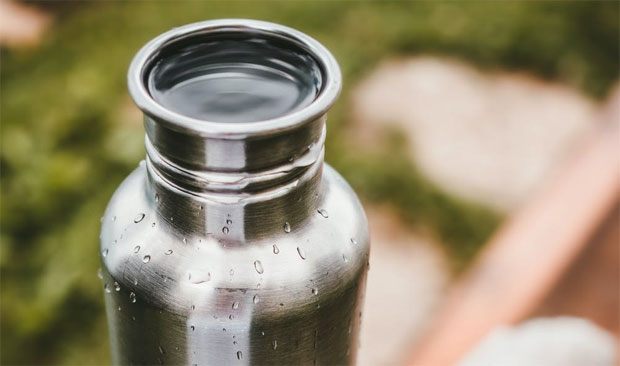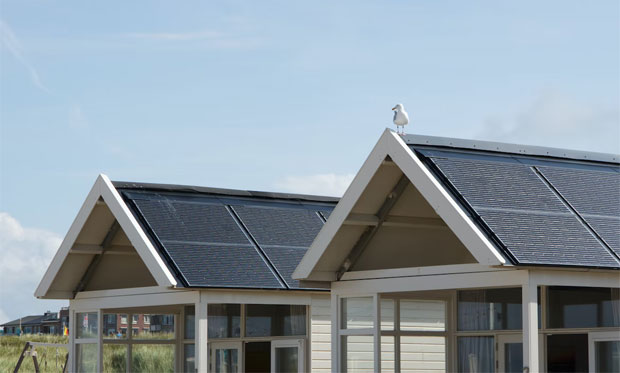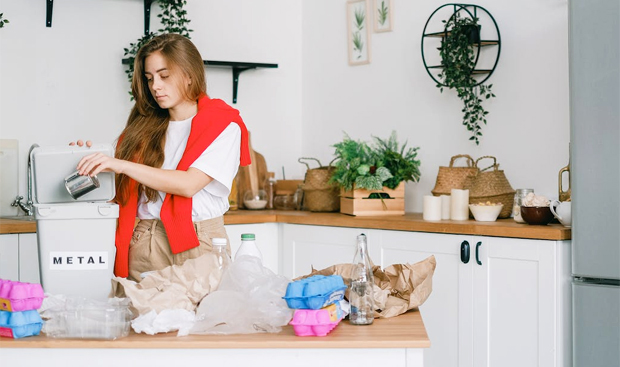Creating and Maintaining a Sustainable Kitchen at Home

Creating and Maintaining a Sustainable Kitchen at Home
Living a sustainable life is becoming increasingly important for most people, particularly in the wake of the worsening climate crisis. While it will take you to change some fundamental habits, the small things brought together count more than the larger actions that are only done occasionally. As such, many have started looking into what they could do to make their homes more environmentally friendly.
One of the often neglected areas in this regard is the kitchen. If you haven’t yet included it as part of your plans to make your household a greener environment, it’s time to start. Here are some of the most critical aspects you should keep in mind.

- Reusing
One of the most notable problems standing before achieving sustainability goals is the propensity towards overconsumption and buying too many items. Since the shops are always full of new things you could buy, and there are advertisements virtually everywhere you look, it can be pretty challenging to avoid spending money on new things. However, there’s a problem because many of those items are never used.
People often buy things they don’t use or only use a few times before throwing them away. That’s unsustainable because it adds to the waste in landfills. Instead, you should adopt more conscious shopping habits and only get new things when you actually need them. For everything else, reuse the things you already have. This doesn’t only include the kitchen utensils, cookware and bakeware but also the kitchen furniture you use.
Look into cheap kitchen units made from sturdy materials to purchase something that lasts a long time with minimal damage. Since the kitchen sees a lot of wear and tear, wood is the most reliable material, resistant to staining and cleaning products. Try choosing a more minimalistic design, so your kitchen won’t go out of style and you won’t feel compelled to replace the furnishings with new ones.

- Energy efficient
Green energy and efficient appliances are the cornerstone of sustainable homes. Eco-conscious households get solar panels to reduce their reliance on fossil fuels at least partially. If you still have appliances that are no longer energy efficient and instead consume massive amounts of power, you must replace them with the newer, more sustainable variants. They’re a good investment and allow you to save money in the long run by reducing your power bills.
Since the kitchen is where you do all of your cooking and meal-prepping, you’ll want to think about how you can make this process eco-friendly as well. Electric ovens keep meals more sustainable. Experimenting with raw, fermented or minimally processed foods such as salads, cheese, yoghurt, sauerkraut, steak tartare, and sashimi reduces the energy you have to use when cooking.

- Reduce waste
Waste is a significant issue because all the things you throw away end up in landfills, contributing to an increase in the quantity of greenhouse gases that enter the atmosphere and directly contribute to climate change. Turning food items like eggshells that cannot be used in any other way into compost is integral to lowering your carbon footprint. But you could probably do many things to reduce the amount of kitchen waste you create.
Learning to store food well ensures that it won’t go bad before you have a chance to eat it. One of the main reasons people don’t eat more vegetables and fruits is that they can be quite perishable if you don’t take precautions. Storing your greens in plastic containers and keeping them in a cool and dark place will keep them fresh for longer. The same applies to fruit. You can also freeze some of your produce so you can have it for later, or buy frozen if you don’t plan on using it immediately. Use eco-friendly options like glass containers, reusable silicone freezer bags, and home-made beeswax wraps for example.
Don’t buy more than you know you can eat, and you won’t have to worry about throwing anything away. Creating a meal plan can ensure you use everything you have. Moreover, it may also help you eat healthier since thinking about it in advance allows you to be more creative and use a broader range of ingredients in your dishes. Don’t throw away the leftovers from dinner. You can find ways to incorporate them into new meals for the next day.
Some things that are typically thrown away can be reused and integrated into new recipes. Veg scraps, bones, and connective tissue can be used to make stock. This healthy and nutritious ingredient can be used in everything, including risotto, stir-fry dishes, roasted vegetables, gravies, soups, stews, mash, braised meat and cassoulet.

- Buy Local
When you buy locally produced foods, you make the right choice for yourself, your community and the environment. Since the products don’t have to travel over very long distances, you reduce the amount of emissions necessary to get food from the farm to your plate. Moreover, the foods are more natural since the quantity of pesticides and additives added will be considerably reduced, if not completely non-existent.
Shopping at the local farmers’ market doesn’t only allow you to get organic foods; it also means that the stuff you buy won’t be covered in several layers of plastic. Plastics are one of the most harmful materials for the environment, as they can take hundreds, if not thousands, of years to completely disintegrate. Even then, they turn into microplastics instead, which can end up in the human body and cause health issues over the long term.
Produce is also typically tastier when it is more natural. Don’t be put off by the fact that some of the foodstuffs might be shaped oddly. They’re still perfectly safe to eat, and by incorporating them into your dishes, you ensure they don’t go to waste.

Creating a sustainable kitchen means having a look at how you’re currently doing things and determining what you can improve. Becoming more sustainable isn’t just helpful for the environment; it’s also better for your health and finances and allows you to positively impact your community. There’s not much more you can ask than that.
Guest Article.





